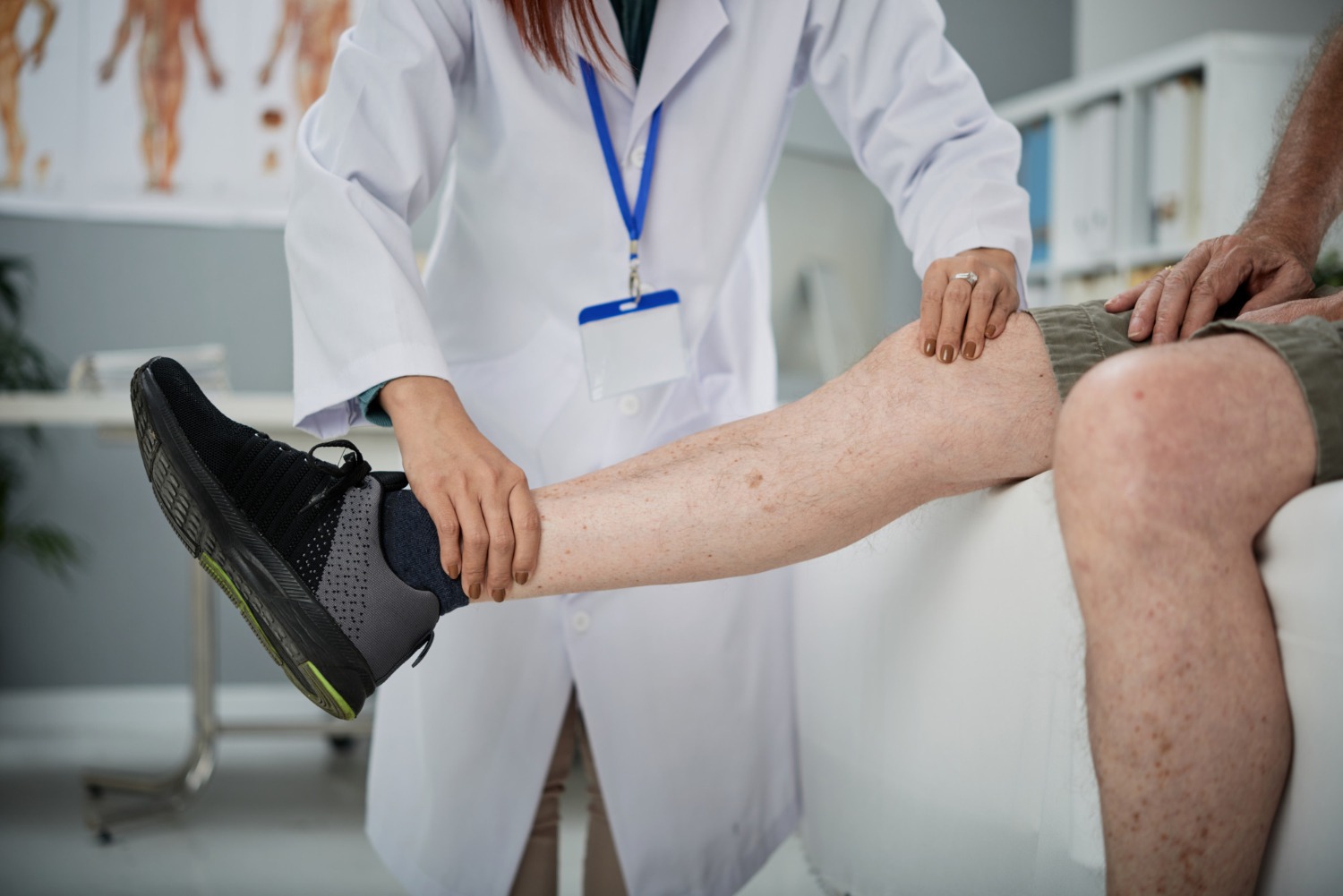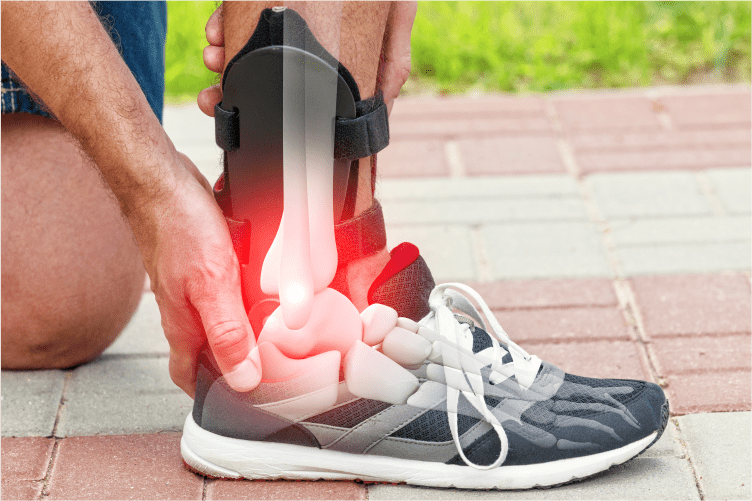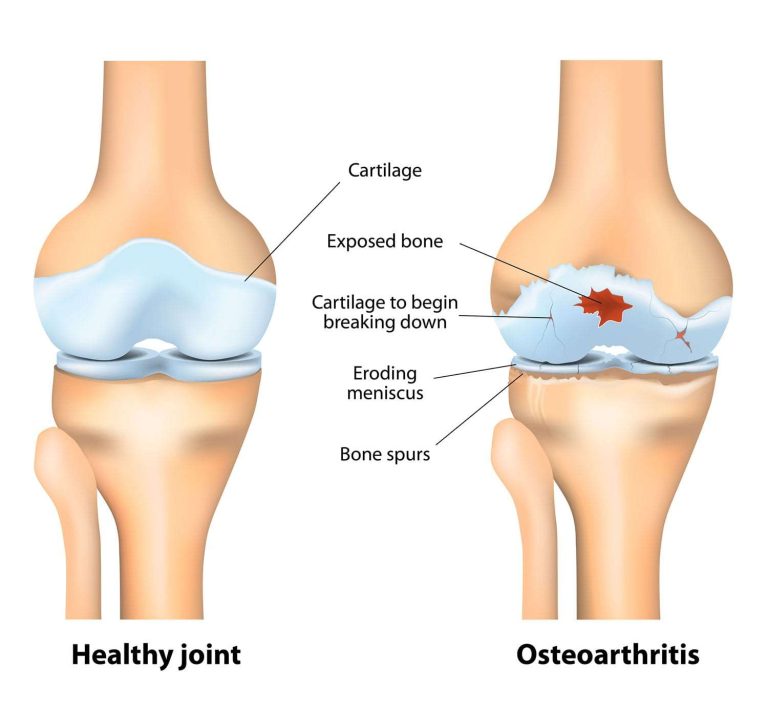Have you ever wondered why joint surgeries sound scary to most people? The thought of big cuts, long hospital stays, and painful recovery often makes patients delay the treatment they truly need. If you feel the same, you’re not alone because many people share this fear when it comes to joint surgery.
The good news is that medical science has evolved. Today, procedures like minimally invasive joint surgery are making treatments less intimidating and more patient-friendly. With smaller incisions, reduced pain, and faster recovery, patients are now able to get back on their feet sooner and live more active lives. This is exactly why more and more people are choosing advanced surgical options.
If you’re someone who wants an upper hand in understanding what minimally invasive joint surgeries are all about, and why DR. GK JOINT AND BONE CENTRE- best joint surgery clinic in South Bangalore is the best choice, then you’re in the right place.
KNOW ABOUT MINIMALLY INVASIVE JOINT SURGERIES-
Minimally invasive joint surgery is a modern surgical technique designed to treat joint problems with smaller cuts, less tissue damage, and quicker recovery compared to traditional open surgeries. Instead of making one large incision, surgeons make a few small openings (often less than 2 inches) and insert thin, specialized instruments. One of these instruments is usually an arthroscope which involves surgery with a small tube and a camera attached that allows the surgeon to see inside the joint on a screen in real time.
Minimally invasive joint surgeries are commonly performed for conditions like osteoarthritis, sports injuries, ligament tears, and joint degeneration that do not respond to medication or physiotherapy alone. The main objective is not only to repair or replace the damaged joint but also to help patients get back to an active lifestyle faster and with fewer complications.
WHY WE NEED IT?
Traditional joint surgeries often involve significant muscle cutting, leading to longer recovery periods and higher chances of post-surgery pain. Minimally invasive surgery was developed to address these challenges.
Some of the main benefits of minimally invasive surgery include:
- Smaller scars that heal quickly.
- Reduced pain and blood loss compared to open surgeries.
- Faster recovery joint surgery, allowing patients to resume work and activities sooner.
- Lower risk of infection due to smaller wounds.
- Better mobility outcomes in the long term.
This approach is particularly helpful for people suffering from arthritis, sports injuries, or joint degeneration, who wish to return to an active lifestyle with minimal downtime.
TYPES OF MINIMALLY INVASIVE JOINT SURGERIES-
Minimally invasive surgery can be applied to different joints depending on the patient’s condition. Some of the most common types are:
1. Knee Replacement (Partial or Total): Surgeons replace damaged knee parts through small incisions, often assisted by robotic or computer navigation.
2. Hip Replacement: Using smaller incisions, surgeons replace worn-out hip joints, leading to quicker rehabilitation.
3. Shoulder Arthroscopy: A thin camera called an arthroscope is inserted to treat shoulder issues like rotator cuff injuries.
4. Spinal Surgery (Minimally Invasive): Used for treating slipped discs or spinal stenosis without extensive cutting.
5. Ankle and Wrist Arthroscopy: Smaller joints can also be treated with keyhole methods to reduce recovery time.
These procedures are customized depending on the joint, the severity of damage, and the patient’s health condition.
ARE THERE ANY RISKS INVOLVING THE SURGERY? AND HOW TO BE READY FOR IT?
Like any medical procedure, minimally invasive surgeries carry some risks. However, the risks are generally lower compared to traditional methods. Possible concerns include:
- Infection at the incision site.
- Blood clots in rare cases.
- Limited visibility for the surgeon in complex cases.
- Delayed healing if post-surgery care is ignored.
HOW TO PREPARE YOURSELF:
- Have a detailed consultation with your orthopedic surgeon.
- Share your complete medical history, including medications.
- Follow pre-surgery instructions such as fasting or stopping certain medicines.
- Prepare your home for recovery like arranging comfortable seating or support aids.
Being proactive about preparation helps in smoother recovery and fewer complications.
HOW TO TAKE CARE OF YOURSELF AFTER THE SURGERY?
Recovery doesn’t end once you leave the hospital. Proper care ensures long-lasting results. Here are some post-surgery tips:
- Follow doctor’s instructions about rest, physiotherapy, and medications.
- Do physiotherapy exercises as recommended to regain strength and movement.
- Keep the surgical site clean to avoid infections.
- Eat a nutritious diet rich in proteins and vitamins for faster healing.
- Avoid overexertion until your doctor clears you for full activity.
Most patients notice improvements within weeks and can return to normal routines sooner than they expected.
FAQs-
1. Is minimally invasive joint surgery painful?
–No surgery is completely pain-free, but this method significantly reduces pain compared to traditional surgery. Pain relief medicines and physiotherapy help manage discomfort.
2. How long will I need to stay in the hospital?
–In many cases, patients can go home within 2–3 days, depending on their recovery speed.
3. Can older people undergo minimally invasive surgery?
–Yes, age is not always a barrier. The doctor will assess overall health before recommending it.
4. How soon can I walk after knee or hip surgery?
–Many patients start walking with assistance within 24–48 hours after the procedure.
CONCLUSION-
Minimally invasive joint surgeries are changing the way we look at orthopedic care. With smaller cuts, less pain, and quicker recovery times, they provide patients a safer and more effective solution for joint problems. Whether it’s knee, hip, shoulder, or other joints, this method ensures a smoother path to regaining mobility and independence.If you’re considering such a procedure, it’s important to choose the right place to get it done. DR. GK JOINT AND BONE CENTRE- best joint surgery clinic near JP Nagar, Bangalore stands out for its expertise, advanced technology, and patient-first approach. With highly skilled doctors and a reputation for excellence, we help to begin your journey toward pain-free, active living. Contact us today!




